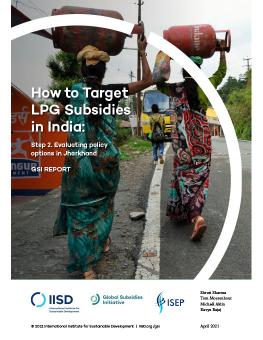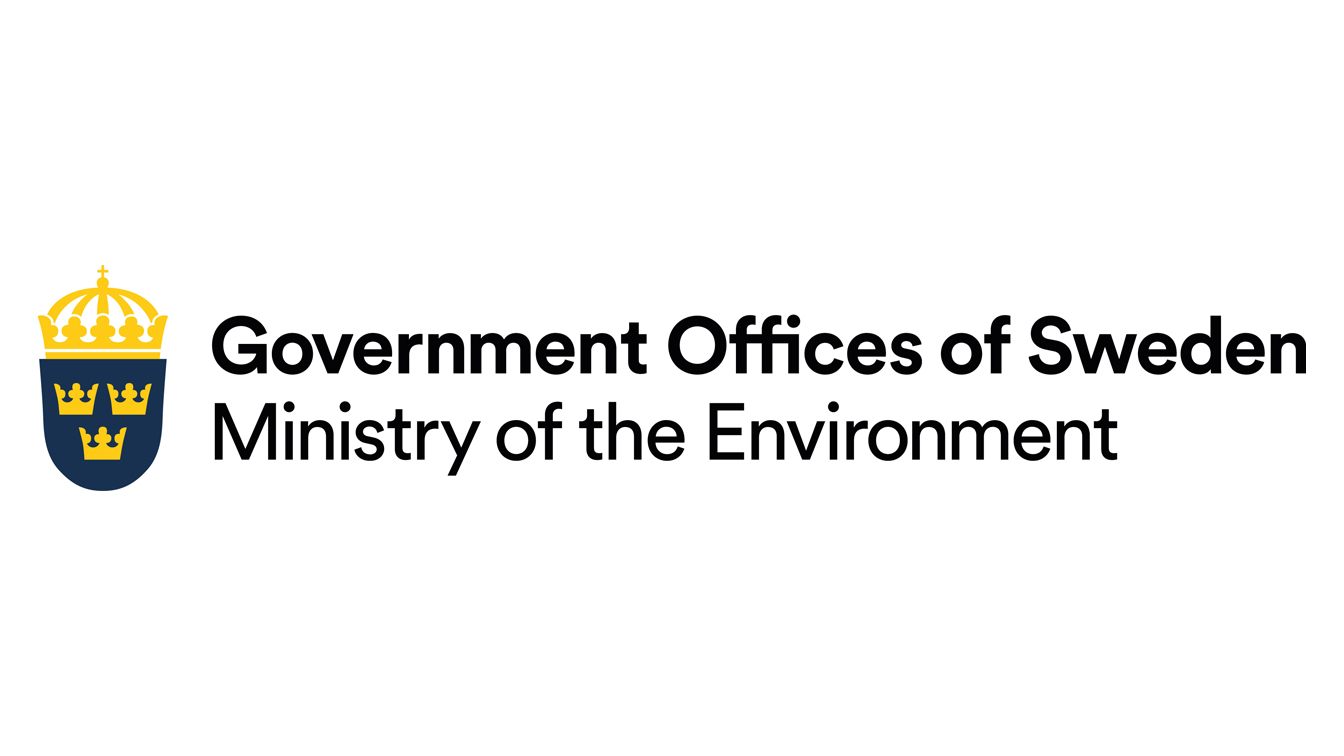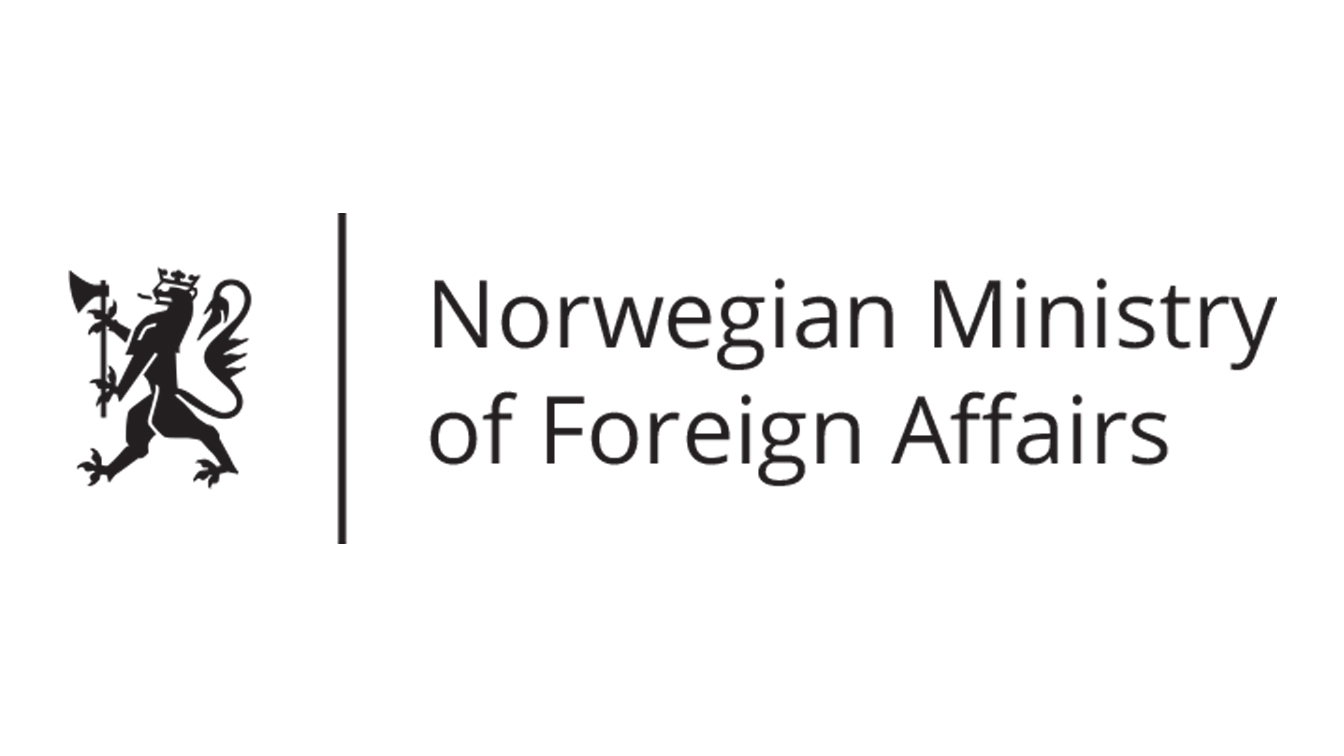
How to Target LPG Subsidies in India: Step 2. Evaluating policy options in Jharkhand
-
The poorest 40% of households in rural and urban parts of Jharkhand received less than 30% of government LPG support in 2018/19 when LPG subsidies comprised nearly 28% of India’s energy subsidies.
-
Poor households in India may benefit 2 times less than better-off consumers from LPG support if the government doesn’t change the LPG subsidy policy design.
-
The majority of India’s rural households continue to use more of the freely available wood and biomass-based fuels instead of subsidized LPG, while better-off households with higher consumption of subsidized LPG end up receiving a larger share of the subsidies.
Based on a survey of over 900 households in Jharkhand, this report finds that LPG subsidies are not well targeted and that poor households in Jharkhand can receive 2 times less in LPG subsidies than better-off consumers. The poorest 40% of households in rural and urban parts of Jharkhand received less than 30% of government LPG support in 2018/19 when LPG subsidies comprised nearly 28% of all Central Government energy subsidies.
Since May 2020, LPG subsidies per cylinder have been effectively removed. At the same time, the COVID-19 crisis has severely affected incomes, further stressing the need to provide support for affordable clean cooking for the most vulnerable.
The research analyzed strategies to improve LPG subsidy targeting but did not identify a “magic bullet” for easily improving LPG subsidy distribution among poor households. The main bottleneck in improving subsidy distribution appears to be the low consumption of subsidized LPG cylinders among poor households and the high consumption among better-off households. Until reasons for low consumption by poor households are better understood and addressed and an effective way is found to restrict benefits for better-off consumers, policy-makers can consider applying volumetric targeting to continue to limit overall subsidy expenditure.
Since the COVID-19 crisis began, many households in India have seen a dramatic fall in incomes and are anticipated to fall back into poverty. Coupled with Jharkhand’s existing high levels of poverty, this strongly suggests that the choice of any new targeting mechanism when LPG subsidies are reintroduced must be undertaken with care to not increase the hardships for any poor households.
The report recommends making energy access fairer for poor households by encouraging the Central and state governments to analyze who benefits most from LPG subsidies and test different strategies to improve targeting when they are reintroduced.
Participating experts
You might also be interested in
How to Target Residential Electricity Subsidies in India: Step 2. Evaluating policy options in the State of Jharkhand
Who benefits most from residential electricity subsidies in Jharkhand? We find a low share of benefits going to the poorest and recommend different strategies for state authorities to improve subsidy distribution.
How to Target Electricity and LPG Subsidies in India: Step 1. Identifying Policy Options
This report identifies knowledge gaps that are limiting policy making for better targeting of energy access subsidies in India. It identifies a number of targeting interventions that could be employed to better target subsidies for electricity and LPG.
Part 1 – How Can India’s Energy Sector Recover Sustainably from COVID-19?
From IISD and CEEW, Part 1 of a three-part commentary series takes a deep dive into how India’s energy sector is coping with the impacts of COVID-19 and what this means for the sustainable energy transition.
Support for Clean Cooking in India: Tracking the latest developments in LPG subsidies
An in-depth look at recent developments in India's subsidies for household cooking gas.

